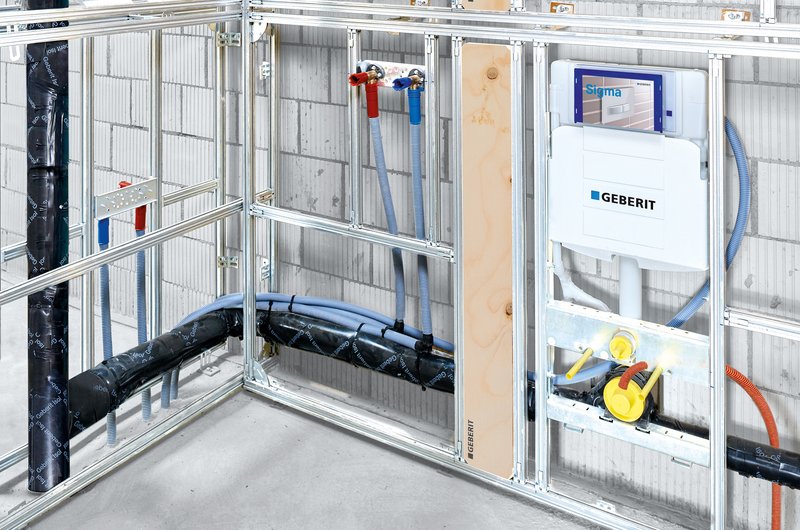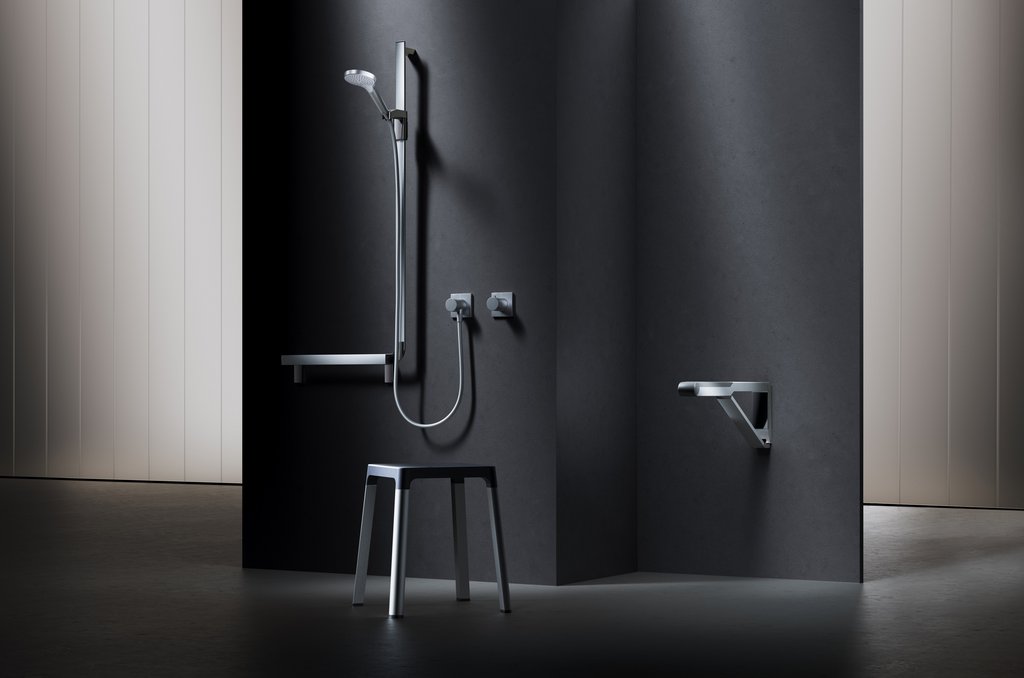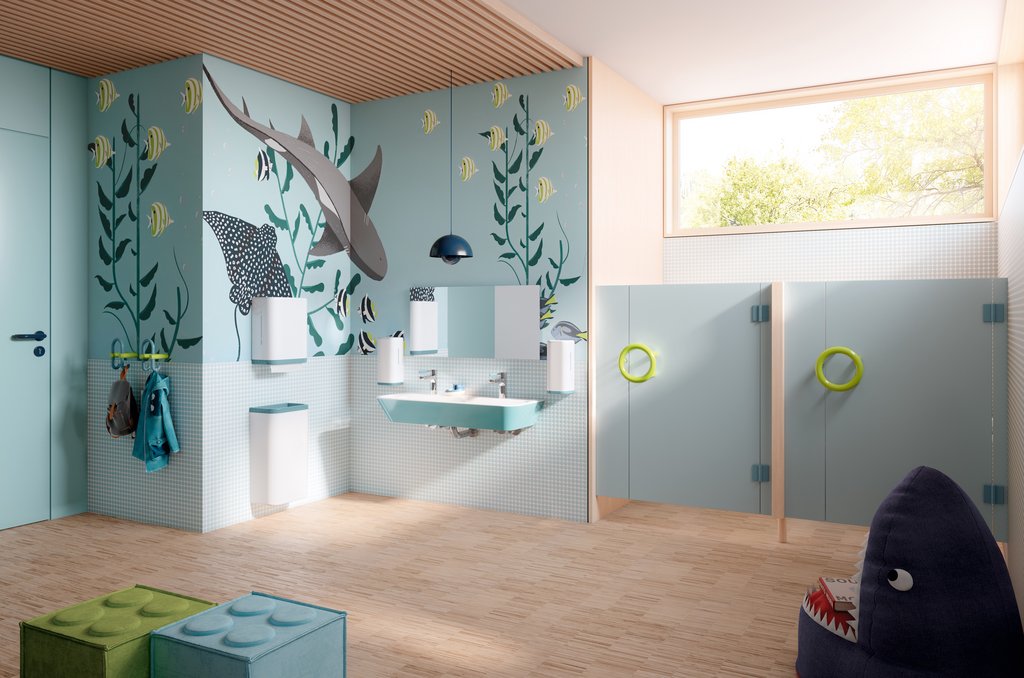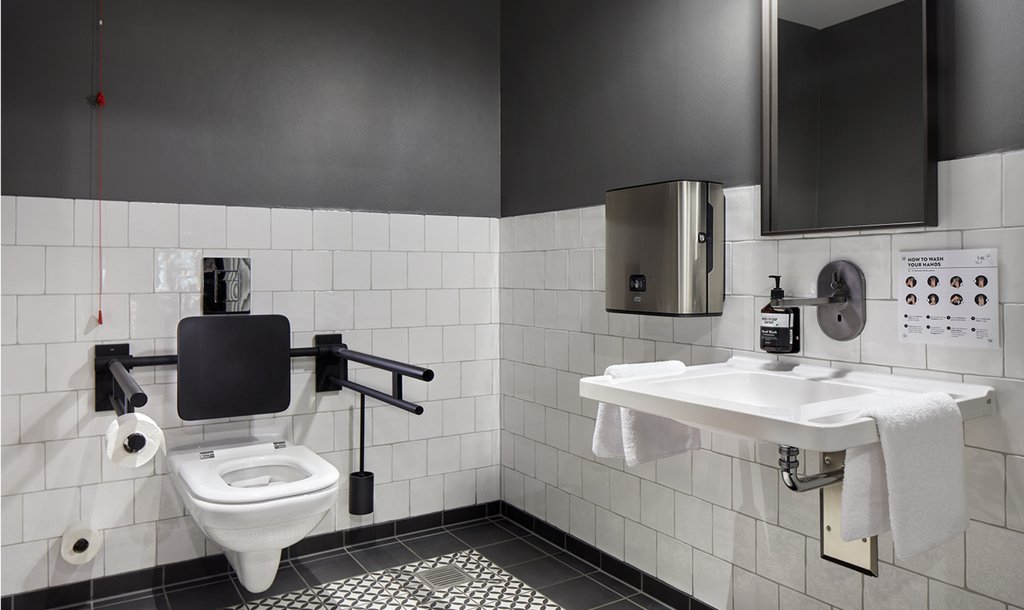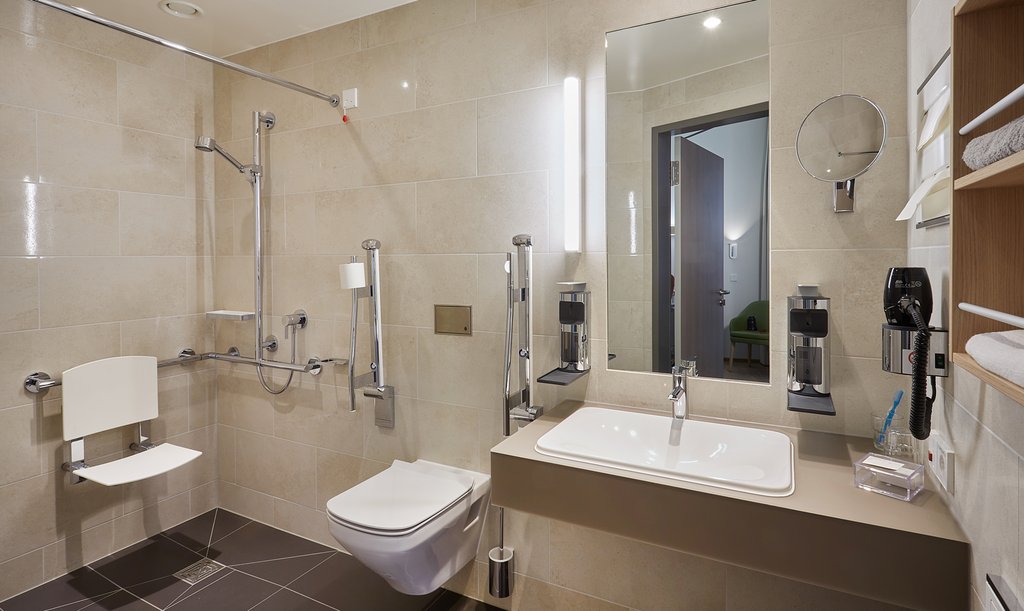The modernisation trend gathers pace
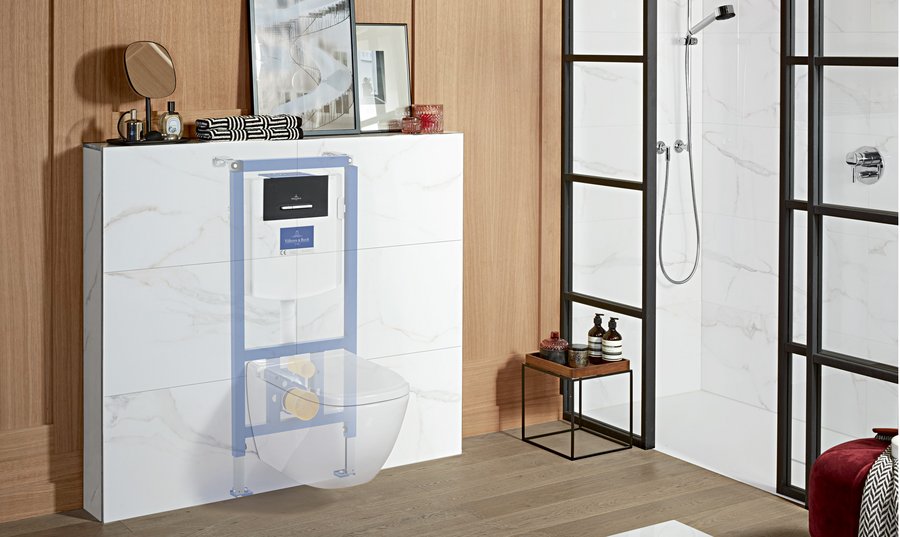
New standards for quick and easy installation: With prefabricated assembly systems, bathroom modernization can be carried out without any problems - subsequent maintenance is often simplified by pre-wall elements.
Photo: Villeroy & Boch, background: Geberit
The results of a poll conducted on behalf of the German Sanitation
Industry Association (VDS) show clearly that upgrading the bathroom tops
the list of modernisation work planned in Germany. According to the
poll, some 16.7 million Germans are planning to invest in their
bathrooms in the near future and no less than 6.2 million of them are
considering a complete overhaul.
Against this background, ISH digital 2021, the leading international
trade fair for the sector, has an important role to play. Product
concepts focusing on modernisation could help the sector to exploit this
dynamic situation to the full and more efficiently despite a shortage
of skilled personnel.
A modern bathroom increases the value of the property

The refurbished bathroom is restructured with one of the coveted free-standing bathtubs - water and sewage pipes can be laid independently of the walls, depending on the structure of the building.
Photo: Bette
In general, the baby-boomer target group is not embarking on
modernisation projects because they are moving or have bought a
property. Their focus is on defects, damage, general wear and tear and
the need for improved accessibility. Additionally, modernisation taking
account of environmental aspects is also growing in importance. Whereas
personnel shortages and the new building boom made it difficult to begin
many bathroom-modernisation projects in 2017 and 2018, B+W Bonn
(www.bl2020.com) estimates that the proportion of modernisation projects
carried out has now started to rise again in comparison with 2018. All
in all, the 2020 study gives ground to expect a positive development in
the number of bathroom modernisation projects to be expected in the
future.
Inflation is a subject of no little importance: investments are made in
owner-occupied or rented-out property to counteract the loss in value of
money over time. “Property owners who have invested little or nothing
in their bathroom for almost 20 years can now profit from the great
technological developments made in the sanitation field over recent
years. Besides the lasting value added and the lifestyle-oriented
progress made by modern bathroom architecture, innovative bathroom
products, such as an electronic bidet or a spacious, barrier-free
shower, offer tangible value added and thus contribute to an increase in
the value of the property”, says Jens J. Wischmann, Managing Director
of the German Sanitation Industry Association (VDS). “For the next ten
years, the VDS anticipates not only an upward bathroom-modernisation
trend but also large investments in the public sector, for instance, in
kindergartens and schools, as well as in the hospitality field. There is
widespread interest in modernising the bathroom to provide an improved
quality of life and the wish to make the time spent there more
pleasurable is greater in no other room when it comes to private
dwellings or in any other part of public buildings.”
Investment backlog in the private sector as well as in semi-public and public facilities
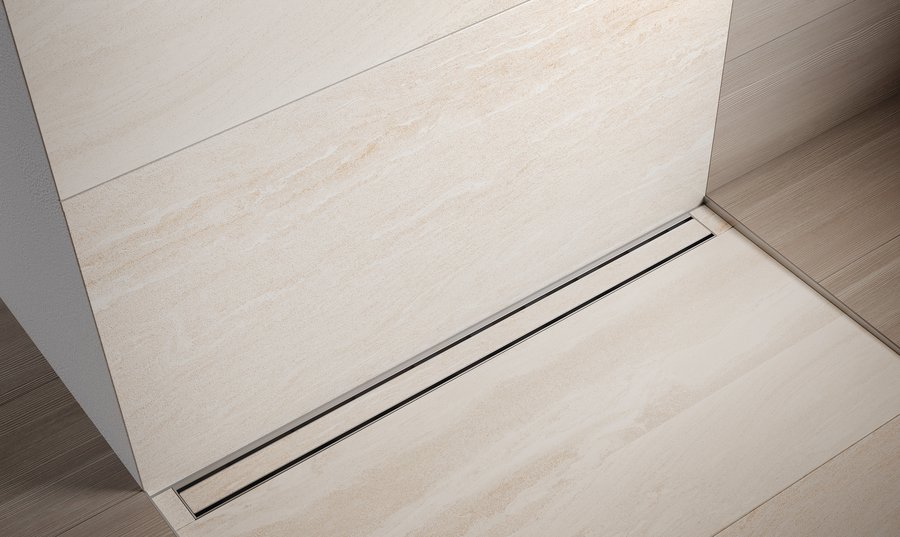
The floor-level shower is a smart feature in the bathroom - especially if it is to be barrier-free: if the building structure allows, a floor-level shower can also be retrofitted - as here with a floor channel for the water drainage.
Photo: Tece
In addition to a modernisation backlog in Germany’s private bathrooms –
no less than 17.7 million ‘first bathrooms’ have not been renovated
since the house was built or the owner moved in (on average, they are
19.5 years old, VDS, Forsa) – the semi-public and public sphere is
gaining in significance for the modernisation market. The hospitality
sector is investing more and more in lifestyle foodservice, in
high-grade sanitary facilities and in hotel bathrooms. There is also a
dramatic investment backlog in the case of kindergartens, schools and
other educational institutes. Germany’s sanitation industry is ready to
meet the demand for the products required.
